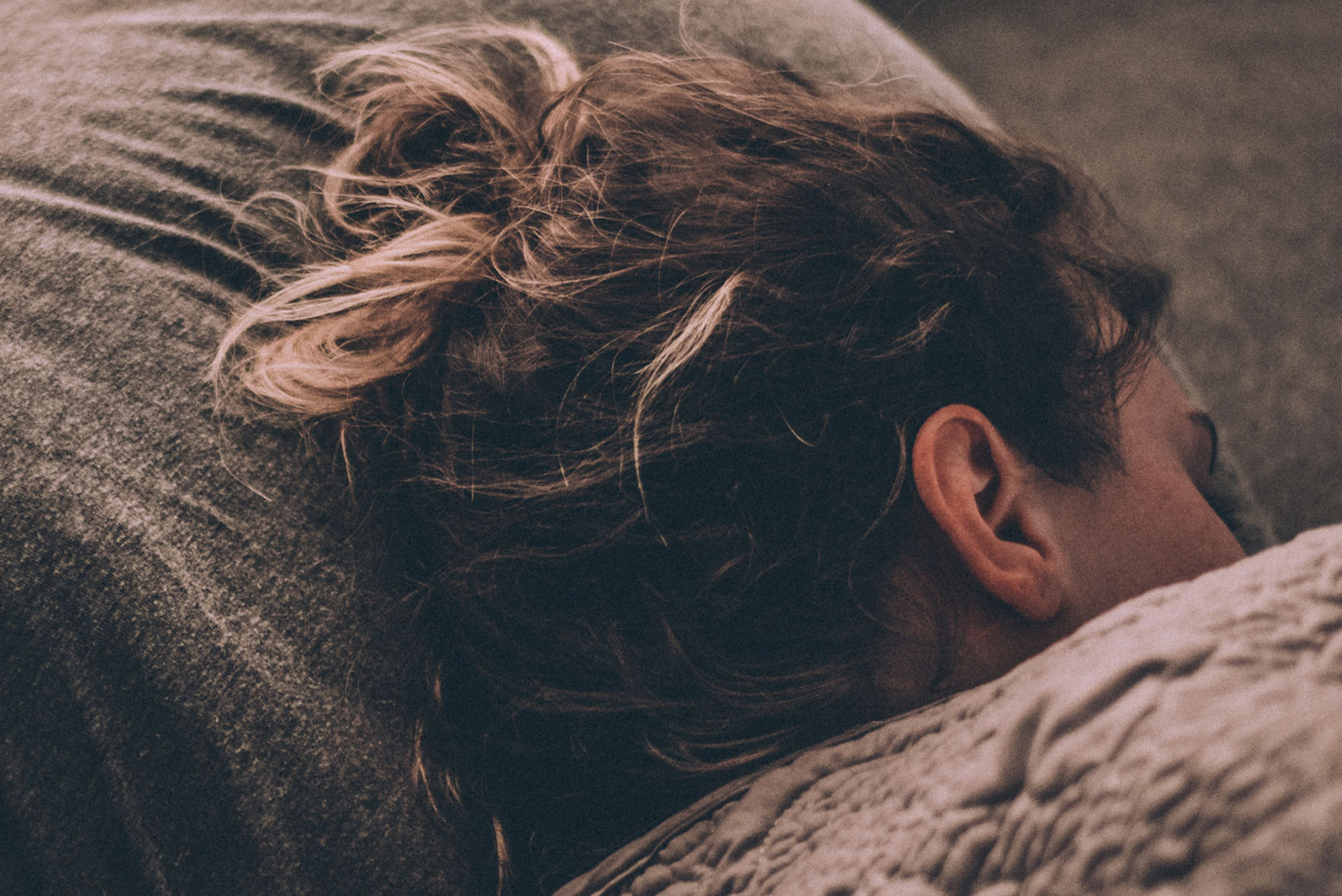
Do you have trouble falling asleep? Or staying asleep? If so, you’re not alone. According to data from the Center for Disease Control, 30 to 35 percent of Americans experience insomnia at least temporarily. Ten percent of Americans suffer from chronic insomnia, defined as three sleepless nights a week for three months or more.
Sleep deprivation causes a host of problems in our waking hours. These include daytime fatigue, poor concentration, memory problems, low energy that leads to lack of motivation, and a tendency to be more accident prone.
Insomnia is hard to define, however. Most of us have heard the prescription of eight solid hours as the recipe for healthy sleep. However, in the same way that no individual’s body is exactly the same as another individual’s, our sleep patterns vary dramatically.
According to an article in The New York Times, the prescription of an eight-hour block is recent, and it isn’t necessarily aligned with what’s natural for most people. In fact, it could be the idea of the Holy Grail of an eight-hour block that keeps some of us lying awake in bed.
“Rather than helping us to get more rest, the tyranny of the eight-hour block reinforces a narrow conception of sleep and how we should approach it. Some of the time we spend tossing and turning may even result from misconceptions about sleep and our bodily needs: in fact neither our bodies nor our brains are built for the roughly one-third of our lives that we spend in bed.”
Tips for Better Sleep
Despite the wide variety of sleep patterns in individuals, consensus says that we do need to get “enough” sleep, whatever that looks like. For me, it’s five to six hours at night and a nap in the afternoon. To maximize the effectiveness of my nighttime sleep, I follow certain protocols that work for my individual body/mind:
- Minimal light before bedtime: The blue light radiated by computers and LED bulbs can interrupt the release of the hormone melatonin, which signals to the body that it’s time to sleep. I generally don’t use my computer after early evening and minimize the amount of artificial light in my house in the hours before bedtime.
- Monitor your alcohol and caffeine intake: Caffeine can take five to seven hours to leave your system. Try limiting caffeine intake to before, say, 2:00 pm. While alcohol may make you drowsy, it doesn’t promote high-quality sleep. The sleep you get from alcohol is more akin to a form of anesthesia. It suppresses the deeper, more replenishing brain waves, including dream sleep.
- Minimal activity before bedtime: In general, exercise can promote better sleep. But the timing of that exercise matters. Active exercise in the morning and afternoon can help you sleep. Active exercise—including an active yoga practice—in the evening can make it harder to sleep. Active exercise raises our core temperature. But cooler core temps are necessary for sleep. So a yoga practice for sleep needs to cool you down rather than heat you up.
A Yoga Practice for Sleep
- Breathe easy: Pranayama practices are essential in a yoga practice for sleep, because breathing is intimately connected with the state of the nervous system. Sitali breath is a traditional cooling practice. Sit in a relaxed sitting position. Form your lips in to an “O” position. Now curl your tongue and inhale and exhale slowly. Continue for 2 to 5 minutes. For more detail visit Yoga International’s article on sitali breath. Practice before bedtime or when you wake up in the middle of the night.
- Restorative yoga: Restorative yoga is designed to cool the body, especially the nervous system. Viparita Karani (Legs Up the Wall) is one of the key sleep-supporting asanas. The head position (flexed neck) combined with the inversion (head below the heart) suppresses the sympathetic (fight-or-flight) nervous system. If extending your legs up the wall causes fatigue in your legs, try Instant Maui instead. Supta Baddha Konasana (Reclining Bound Angle Pose) is also a good choice. Really, any restorative pose can be a part of a yoga practice for sleep. Practice the ones that allow you to relax most deeply.
- Savasana: Many yoga classes allow three to five minutes for Savasana. This is not nearly enough time for the nervous system to recover from physical practice, especially an active practice. Even if your practice is restorative, it’s important to give your body/mind a nice, long Savasana. Fifteen to twenty minutes is optimal. Feel free to bolster your Savasana with plenty of props.
